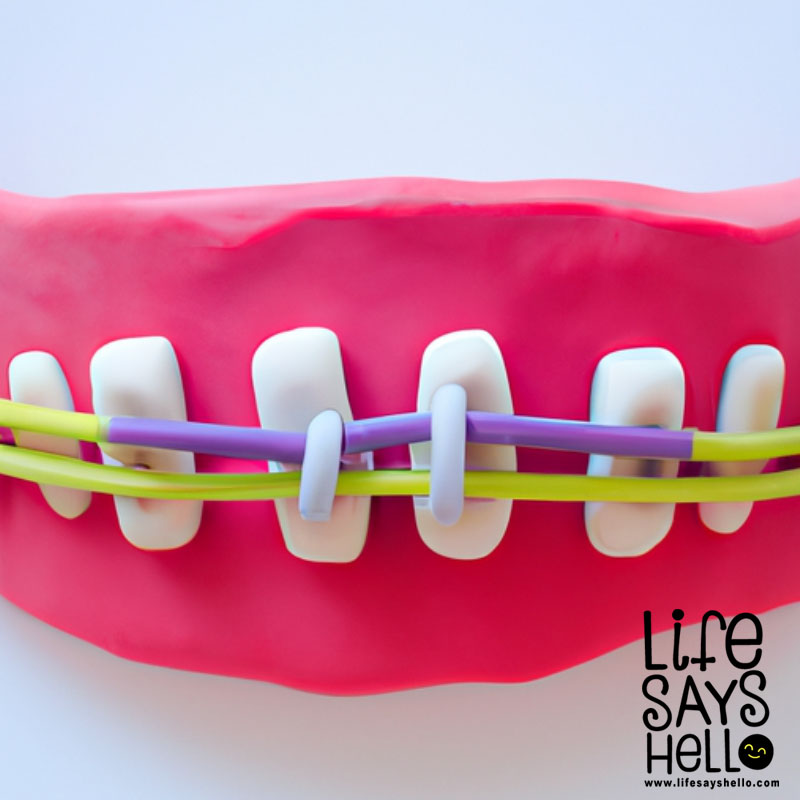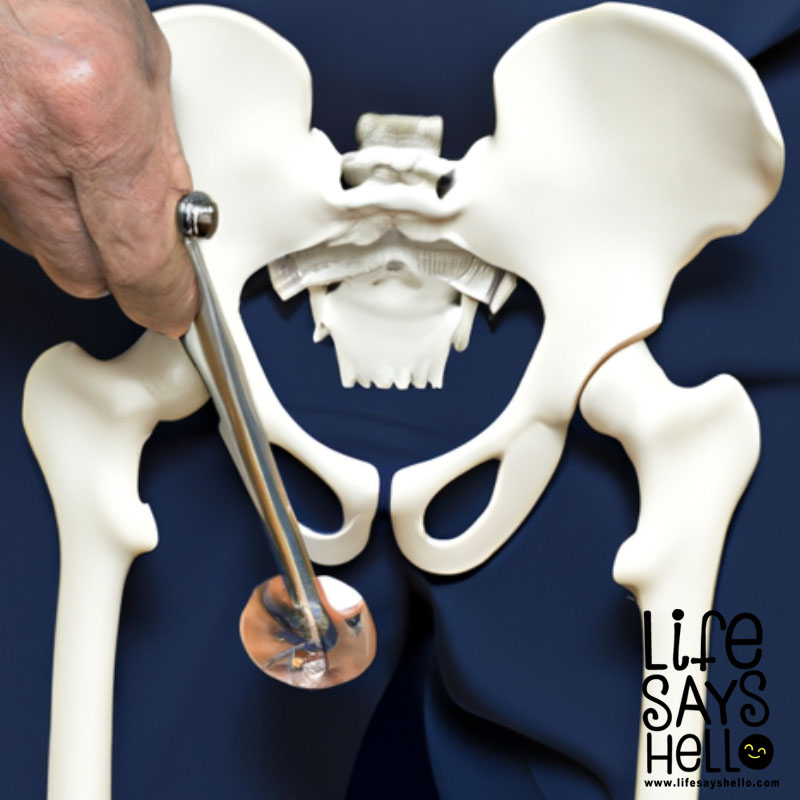How Much Do Braces Hurt on a Scale of 1 to 10? A Comprehensive Guide to Braces Pain Management

Are you considering getting braces but worried about the pain they might cause? This comprehensive guide will help you understand how much braces hurt on a scale of 1 to 10 and provide you with practical tips to manage the pain and discomfort during your orthodontic journey.
Introduction
Orthodontic treatment can be a life-changing experience, improving not only the appearance of your smile but also your overall oral health. However, many people are hesitant to get braces because they're concerned about the pain and discomfort associated with the treatment. If you're one of those people, you've come to the right place! In this guide, we'll explore the different factors that can affect the level of pain you may experience with braces, rate the pain on a scale of 1 to 10, and provide you with practical tips to manage any discomfort you may encounter. So, let's dive in and learn more about what you can expect during your braces journey.
Factors Affecting Braces Pain
The amount of pain you may experience while wearing braces can vary greatly from person to person, depending on several factors. Let's take a closer look at some of the most common factors that can influence your braces pain:
Type of braces: There are various types of braces available, such as traditional metal braces, ceramic braces, lingual braces, and clear aligners like Invisalign. Each type of braces has its own set of advantages and disadvantages, and the level of discomfort may vary accordingly. For example, traditional metal braces can cause more irritation to the cheeks and lips, while clear aligners may cause less discomfort overall.
Sensitivity of teeth and gums: Some people have more sensitive teeth and gums than others, which can make them more susceptible to pain and discomfort during orthodontic treatment. If you have a history of tooth sensitivity or gum issues, you may experience more discomfort when getting braces.
Pain tolerance: Everyone has a different pain threshold, and what may be mildly uncomfortable for one person may be more painful for another. Your individual pain tolerance will play a role in how much discomfort you feel while wearing braces.
Common Sources of Pain and Discomfort
While wearing braces, there are several common sources of pain and discomfort that you may encounter. Here, we'll discuss these sources and provide some tips on how to manage them:
Brackets rubbing against the inside of your mouth: One of the most common sources of braces pain is the brackets rubbing against the soft tissues of your cheeks and lips. This can cause irritation, sores, and even ulcers. To alleviate this discomfort, you can use dental wax, which is a soft, moldable material that can be placed over the brackets to create a smooth surface and protect your mouth. Your orthodontist will likely provide you with dental wax, or you can purchase it at a local drugstore.
Wires poking out at the ends of your braces: Sometimes, the wires of your braces may poke out at the ends, causing irritation and discomfort. If this happens, you can use a pencil eraser or a cotton swab to gently push the wire back into place. Alternatively, you can clip the wire with nail clippers. If you're unable to fix the problem yourself, contact your orthodontist for assistance. In the meantime, you can use dental wax to cover the sharp end of the wire and protect your mouth.
Pressure from the wires moving your teeth: As your braces work to move your teeth into their proper positions, you may feel pressure and discomfort. This is normal and usually occurs for a few days after getting your braces or after each adjustment. To ease this pain, you can take over-the-counter pain relievers like ibuprofen or acetaminophen, as directed by your orthodontist or dentist. You can also apply ice packs or cold compresses to your face to help reduce inflammation and numb the area. Rinsing your mouth with warm salt water can also provide relief from braces pain.
Pain Scale: Rating Braces Pain on a Scale of 1 to 10
Now that we've discussed the common sources of braces pain and how to manage them, let's rate the pain on a scale of 1 to 10, where 1 is no pain and 10 is unbearable pain. Most people would rate braces pain between 2 and 4. However, it's important to remember that this rating may vary depending on your individual experience and how well you take care of your braces.
For example, if you maintain good oral hygiene, follow your orthodontist's instructions, and use the pain management tips provided in this guide, you might find that your braces pain is closer to a 2 or 3. On the other hand, if you neglect your oral hygiene or don't address issues like poking wires or irritated cheeks promptly, you might experience more discomfort, pushing your pain rating closer to a 4 or even higher.
Tips for Managing Braces Pain
Now that we've rated braces pain on a scale of 1 to 10, let's explore some additional tips for managing any discomfort you may experience during your orthodontic treatment:
Choose soft foods: After getting your braces or following an adjustment, you may find it helpful to stick to a diet of soft foods for a few days. This can help minimize the pressure on your teeth and reduce pain. Some examples of soft foods include yogurt, mashed potatoes, soups, smoothies, and pasta.
Avoid hard, crunchy, or sticky foods: Hard, crunchy, and sticky foods can cause discomfort and even damage your braces. Avoid foods like popcorn, nuts, hard candy, and chewing gum, as they can get stuck in your braces or cause them to break.
Use a soft-bristled toothbrush: When brushing your teeth with braces, it's important to use a soft-bristled toothbrush to prevent irritation to your gums and teeth. Brush gently and take your time to ensure that you're cleaning all areas of your mouth effectively.
Practice good oral hygiene: Maintaining good oral hygiene is crucial for minimizing braces pain and ensuring a successful orthodontic treatment. Brush your teeth at least twice a day, floss daily using a floss threader or orthodontic floss, and use an antimicrobial mouthwash to keep your mouth clean and healthy.
The Importance of Proper Oral Hygiene and Regular Orthodontist Visits
In addition to managing braces pain, it's essential to maintain proper oral hygiene and attend regular orthodontist appointments throughout your treatment. Good oral hygiene helps prevent issues like tooth decay, gum disease, and bad breath, which can prolong your treatment and cause additional pain and discomfort.
Regular orthodontist visits are also crucial for monitoring your progress and making any necessary adjustments to your braces. Your orthodontist will ensure that your treatment is on track and address any issues that may arise, helping to minimize discomfort and keep your braces journey as smooth as possible.
Conclusion
In conclusion, braces pain is typically mild and manageable, with most people rating it between 2 and 4 on a scale of 1 to 10. While you may experience some discomfort during your orthodontic treatment, it's important to remember that this pain is temporary and can be managed with proper care and pain relief strategies.
By following the tips provided in this guide, maintaining good oral hygiene, and attending regular orthodontist appointments, you can minimize braces pain and ensure a successful and comfortable orthodontic journey. So, don't let the fear of pain hold you back from achieving the beautiful, healthy smile you've always wanted. With a little patience and perseverance, you'll soon get used to your braces and enjoy the benefits of a straight and confident smile.




Comments